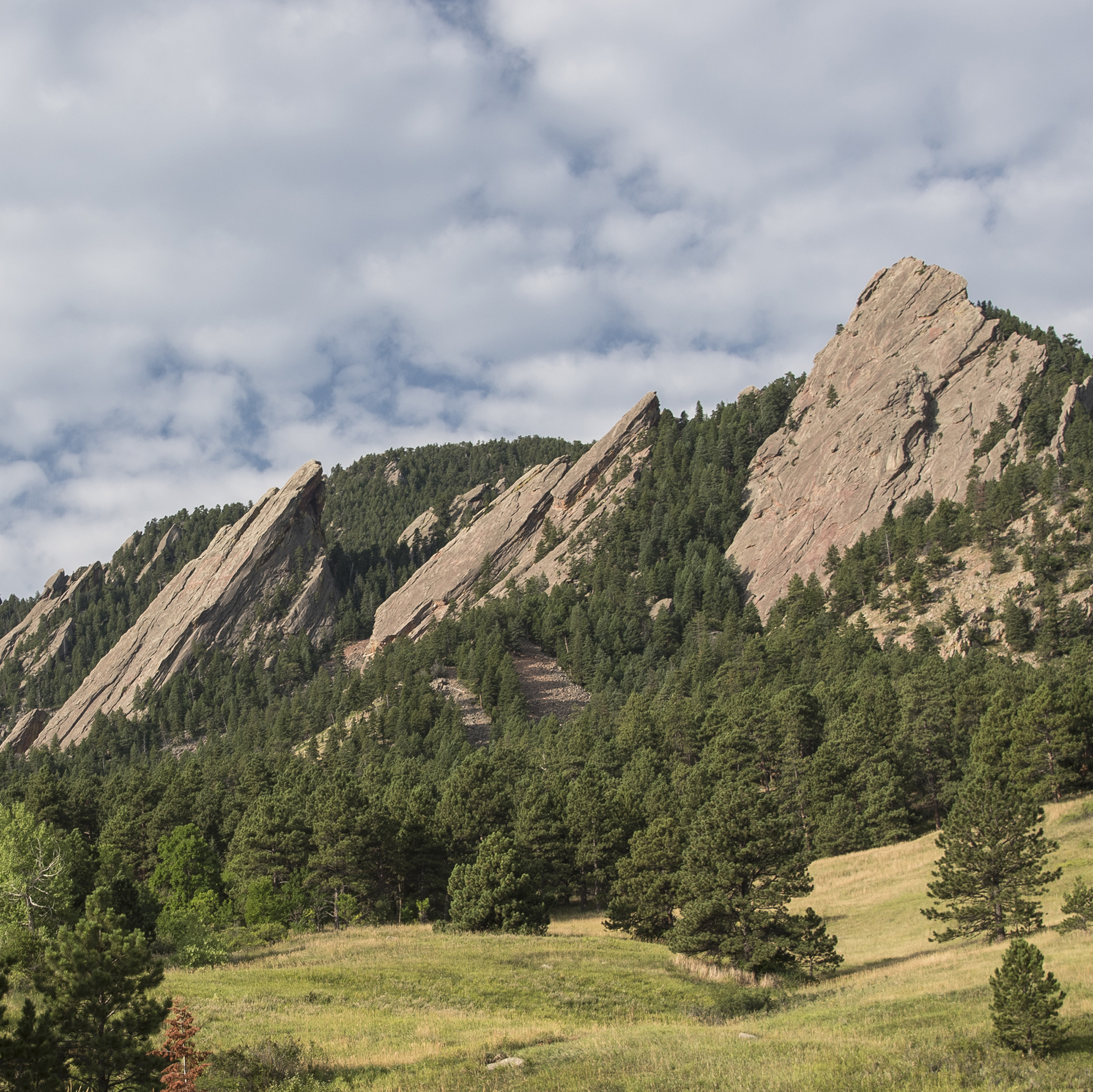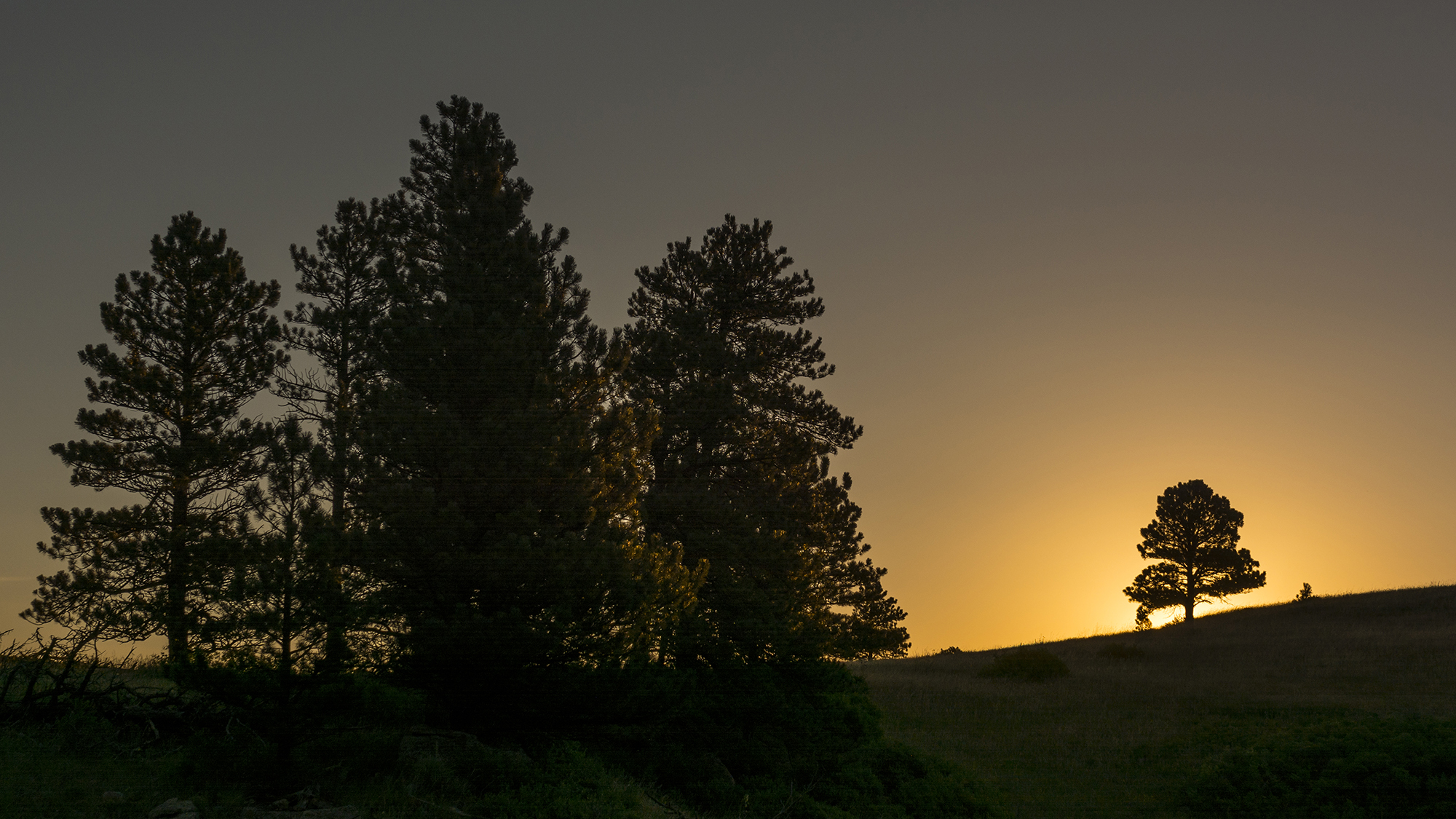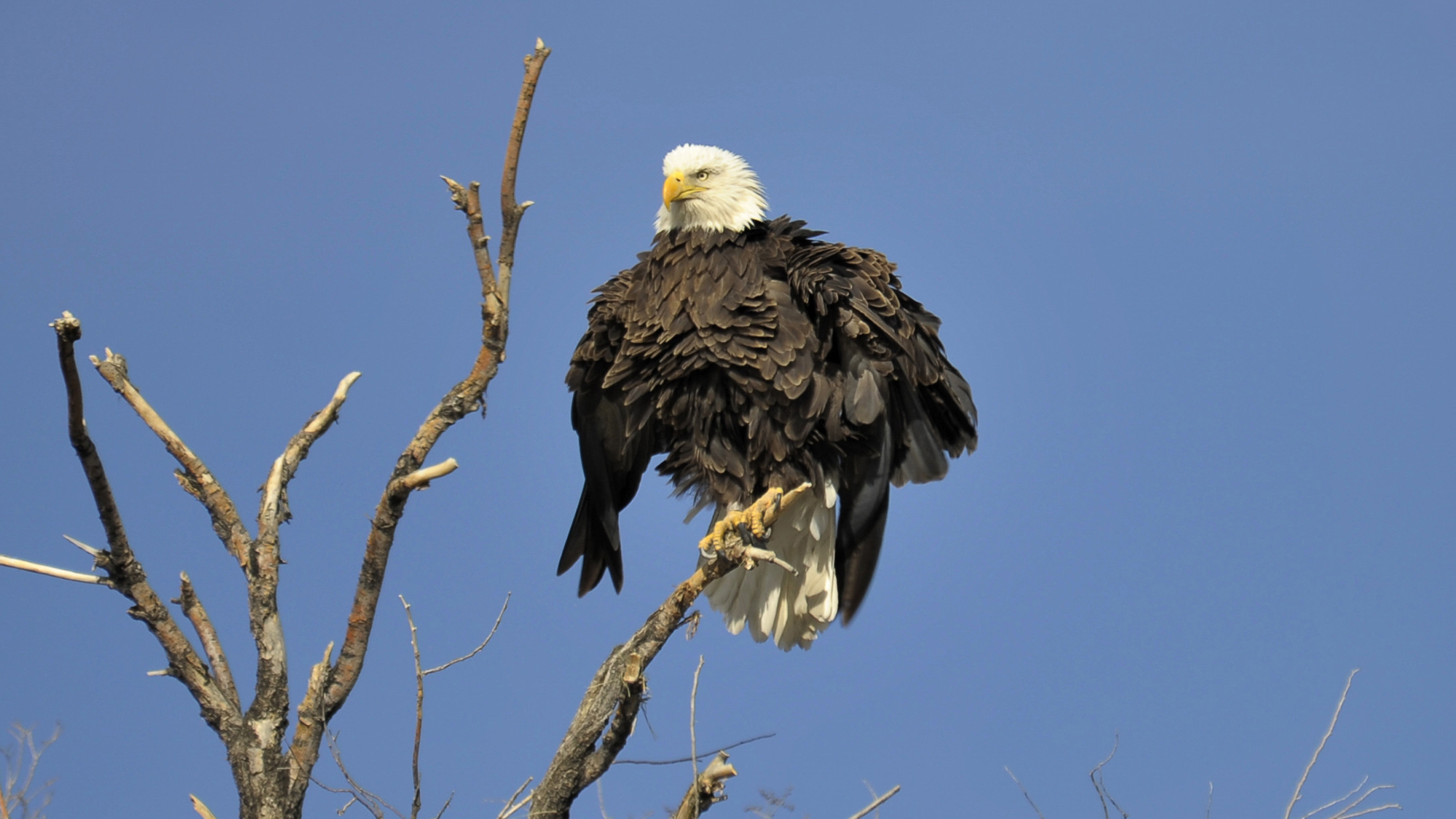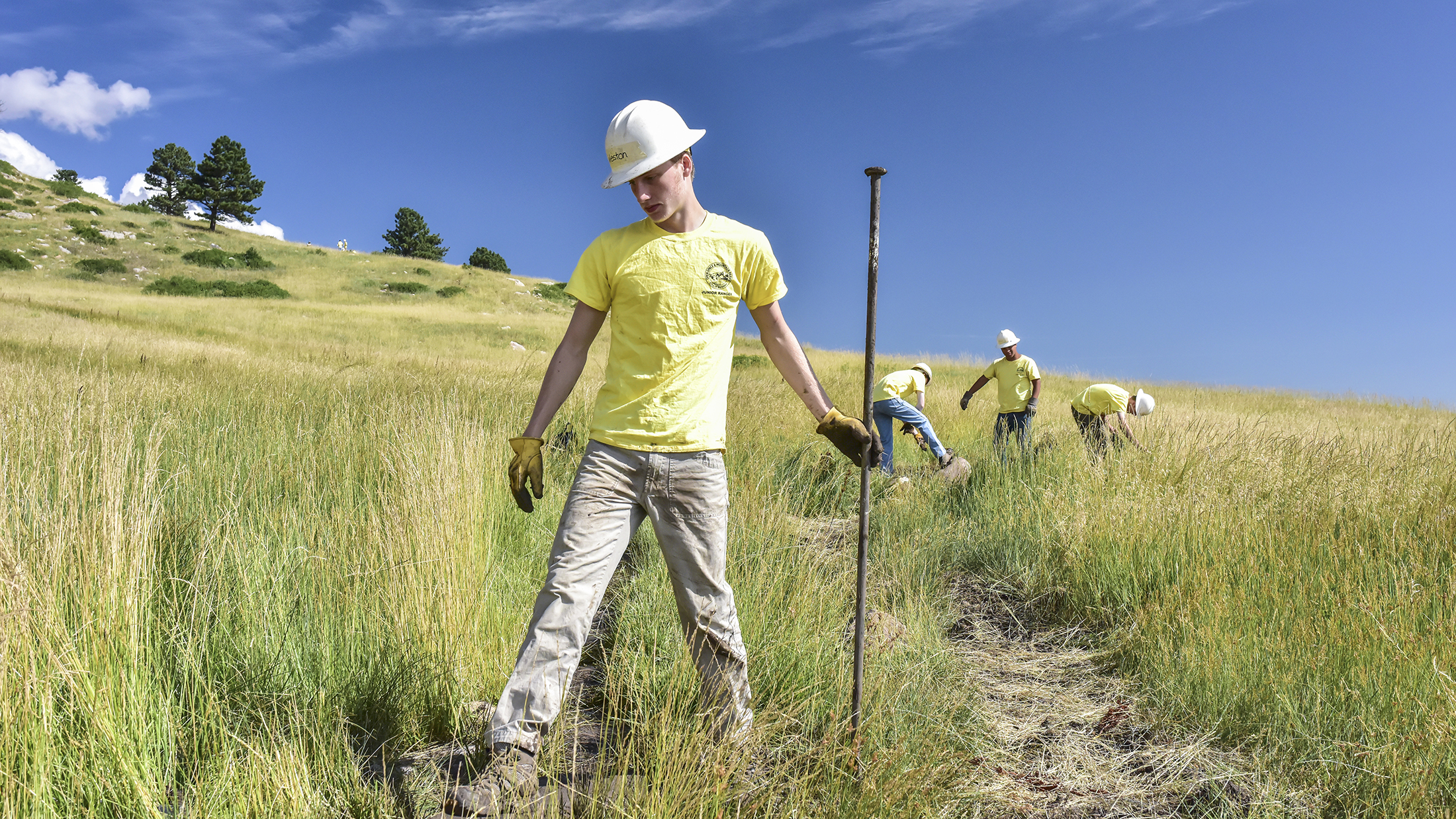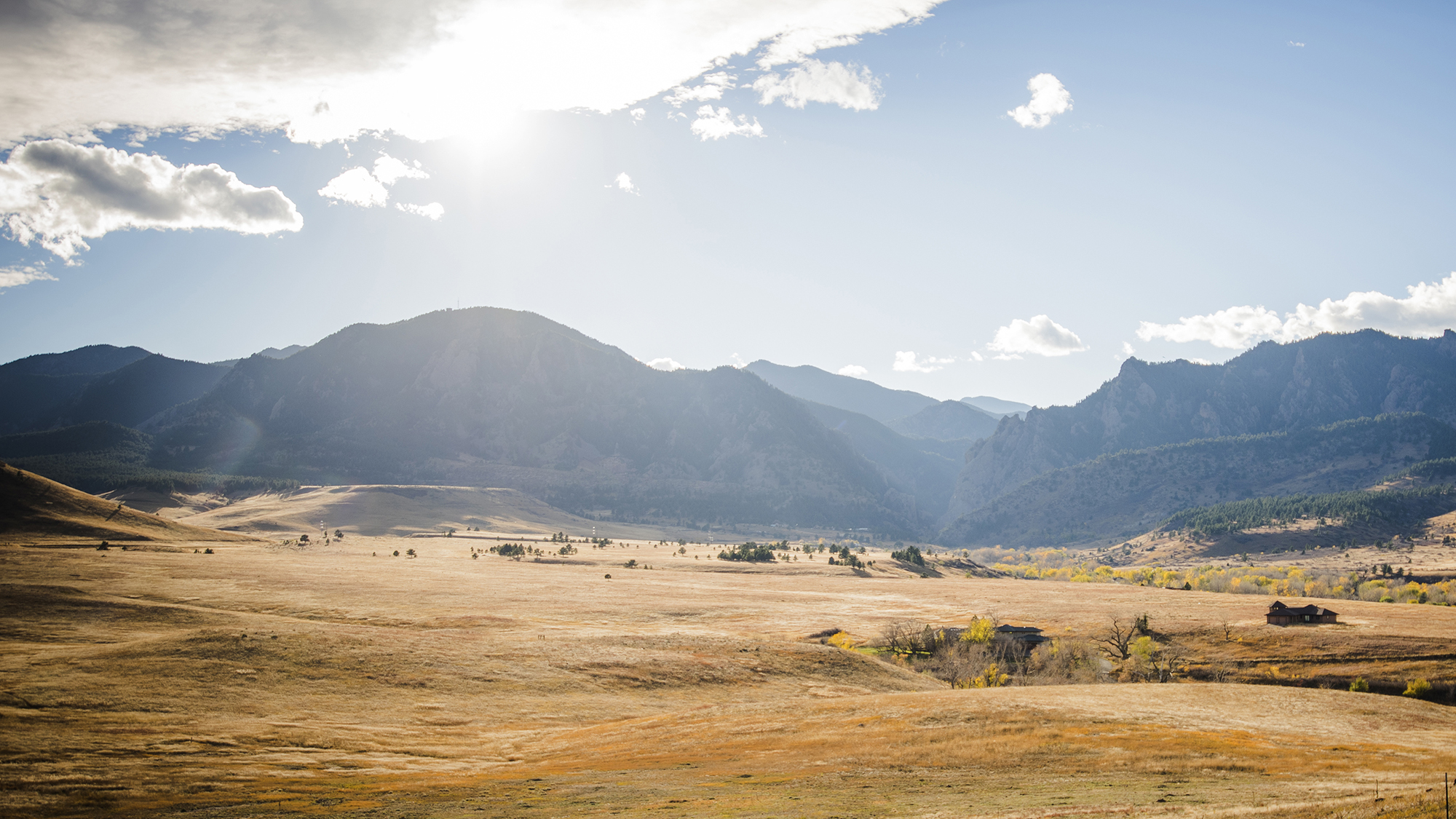Discover the important work happening in Boulder's remarkable Open Space and Mountain Parks (OSMP)! Our 2025 projects focus on protecting sensitive habitats, restoring ecological balance, and improving responsible recreation opportunities. This work reflects a commitment between the City of Boulder, the community and Tribal Nations with a special and enduring connection to this land, ensuring these spaces remain places of inspiration, healing, and belonging for generations to come.
